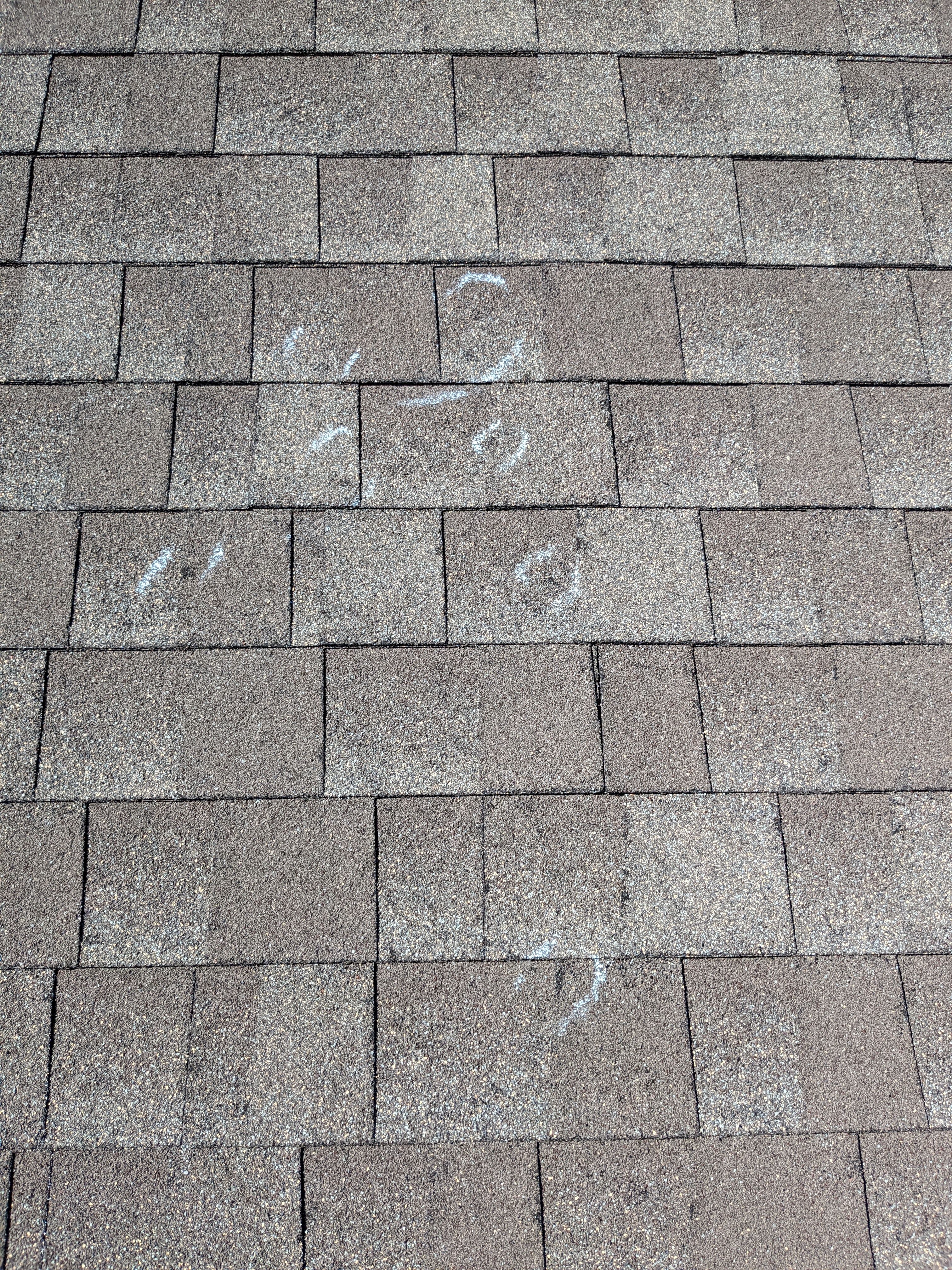The website is running an outdated PHP version (7.4); please upgrade it and check for any malware or security vulnerabilities.
Introduction:
Hailstorms can wreak havoc on roofs, leading homeowners to have concerns about potential damage and long-term implications. In this article, we will address common questions surrounding hail damage, including its impact on roofs, signs of damage, prevention measures, and the long-term effects on your roof.
1. Does hail always damage a roof? While hail can be destructive, not all hailstorms result in roof damage. The severity of hail damage depends on various factors, including the size of the hailstones, their density, the angle of impact, and the condition of your roof. Roofs with older or compromised materials may be more susceptible to damage.
2. Will hail damage cause a roof to leak? Hail damage has the potential to compromise the integrity of your roof and create openings for water infiltration. However, it's important to note that not all hail damage immediately leads to leaks. Over time, however, hail-damaged areas can deteriorate, increasing the risk of leaks and subsequent water damage. Therefore, it's crucial to address hail damage promptly.
3. What does hail damage on a house look like? Hail damage on a house can manifest in various ways, including:
Dented or cracked shingles: Hail impact can cause visible dents, cracks, or fractures on shingles. These damages may expose the underlying layers of the roof to potential water infiltration. Granule loss: Hailstones can dislodge granules from the surface of shingles, causing bald spots. Granule loss weakens the shingles' protective capabilities and accelerates wear and tear. Soft spots or bruising: Hailstones can create soft spots or bruised areas on the roof, which may not be immediately visible but can lead to long-term problems if left unaddressed. Damaged flashing: Hail can dent or dislodge metal flashing around chimneys, vents, or skylights, leaving gaps that compromise the roof's waterproofing. How do I protect my roof from hail storms? While it's impossible to completely shield your roof from hail damage, taking preventive measures can minimize its impact:
Install impact-resistant roofing materials: Consider using impact-resistant shingles or roofing systems specifically designed to withstand hail damage. These materials are manufactured to absorb the impact and protect the underlying structure. Trim surrounding trees: Overhanging tree branches can increase the likelihood of hail damage. Prune trees near your house to minimize potential impacts. Reinforce vulnerable areas: Strengthen areas prone to hail damage, such as skylights, vents, and chimneys, with hail-resistant covers or protective screens. Consider storm shutters: If you live in a hail-prone region, installing storm shutters or protective coverings for windows can help prevent additional damage to your home during a storm. How does hail damage affect my roof over time? Hail damage, if left unaddressed, can have long-term consequences for your roof, including:
Accelerated deterioration: Hail damage weakens the integrity of the roof, making it more susceptible to further damage from subsequent storms, winds, or water infiltration. Increased risk of leaks: Over time, hail-damaged areas may deteriorate, leading to compromised waterproofing and an increased likelihood of leaks, which can cause structural damage and mold growth. Reduced lifespan: Hail damage can shorten the lifespan of your roof. A compromised roof is more prone to premature deterioration and may require repairs or replacement sooner than expected. Conclusion:
Hailstorms pose a potential threat to roofs, and understanding hail damage is essential for homeowners. While not all hailstorms cause immediate leaks or severe damage, it's crucial to assess and address any hail damage promptly to



